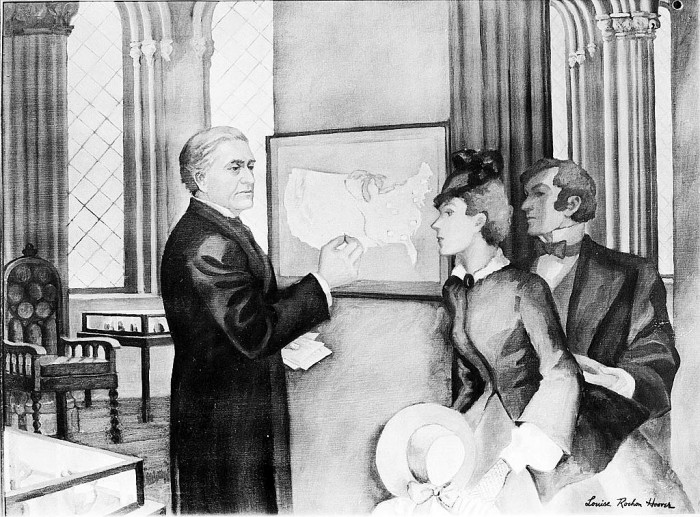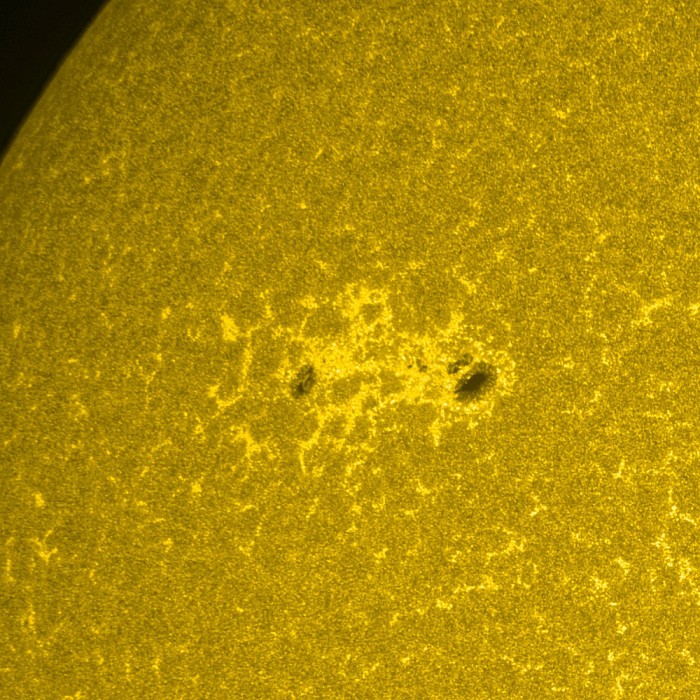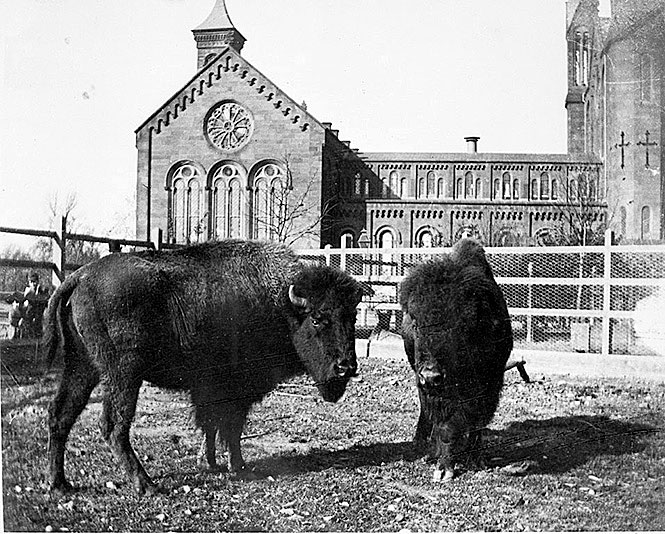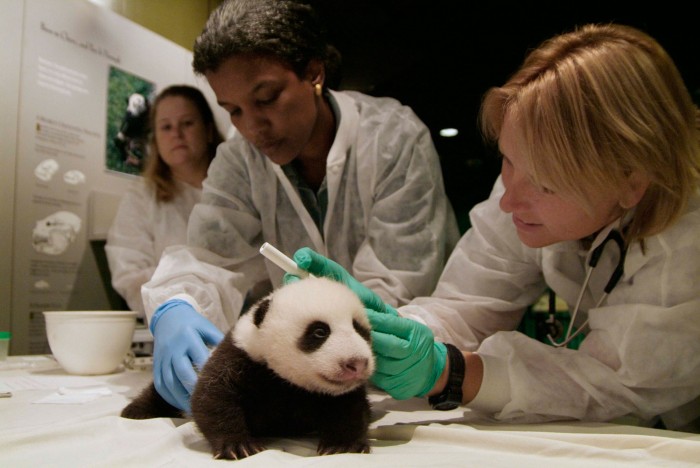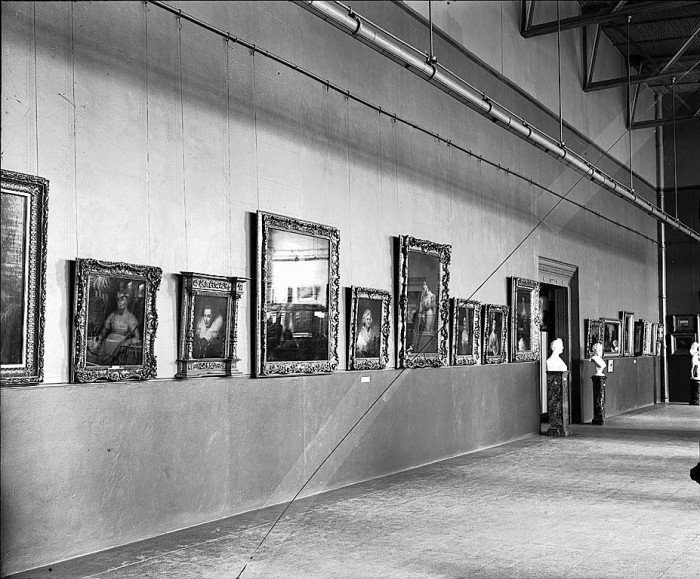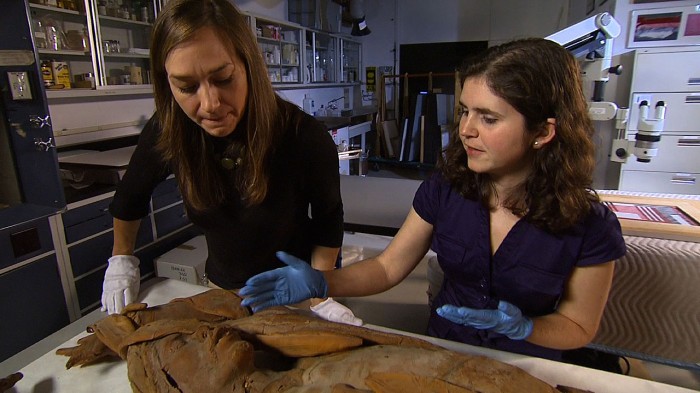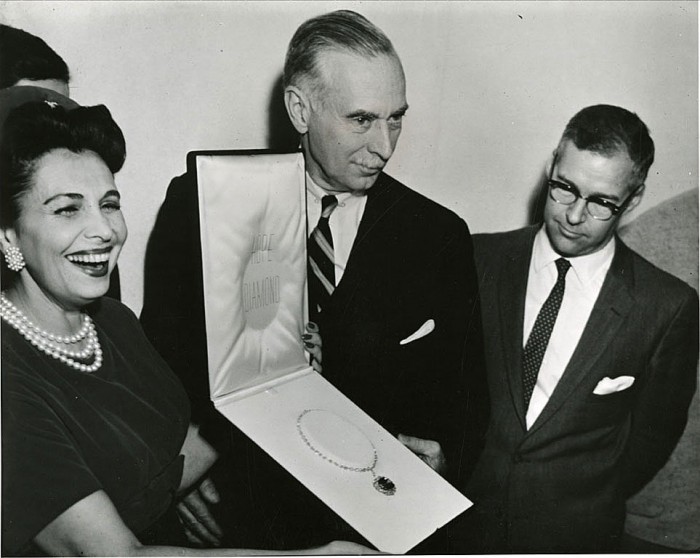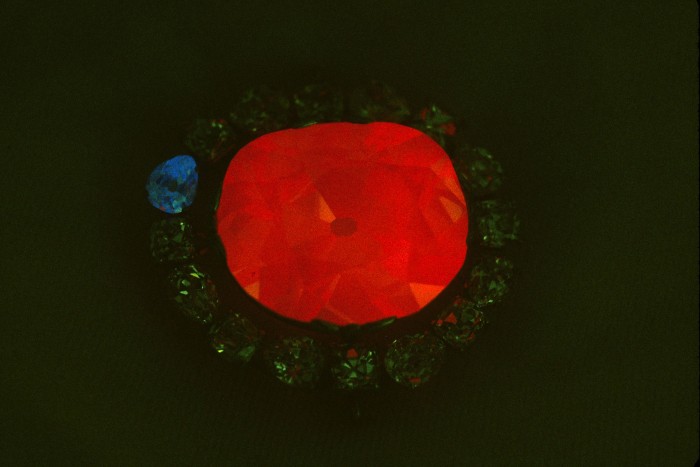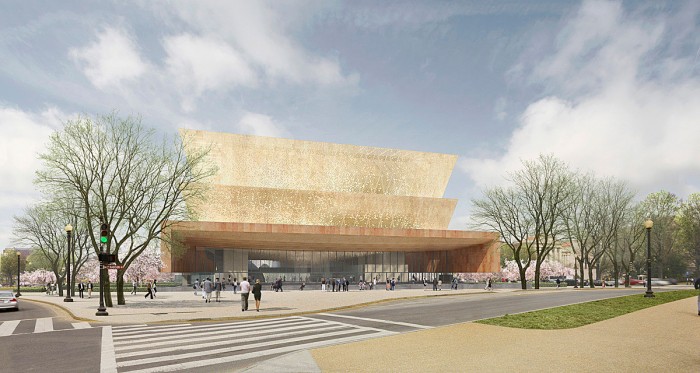Happy 167th birthday to the Smithsonian! You don’t look a day over 165…really!
The Smithsonian was founded Aug. 10, 1846 when President James Polk signed an Act of Congress establishing the Institution in Washington, D.C.
James Smithson (1765-1829), a British scientist, left his estate to the United States to found “at Washington, under the name of the Smithsonian Institution, an establishment for the increase and diffusion of knowledge.” Smithson never visited the United States during his lifetime. To this day, it remains a mystery why he chose to give his entire estate to a country he never visited.
We’re glad he did.
Today, the Smithsonian is a global force. We have scientists, researchers, curators, and other staff working in more than 130 countries around the world. Our mission is to teach, inspire, excite, create, question, analyze, foster, cultivate and innovate.
We’re preserving history, saving endangered languages, peering into the depths of outer space, caring for endangered species, diving deep into the ocean, conserving art, and studying global forests to understand climate change.
It’s been a busy 167 years, but we’re just getting started!
1848
Joseph Henry, the Smithsonian’s first Secretary, announces a program to study weather patterns in North America, a project that would eventually lead to the creation of the National Weather Service. The project had more than 600 volunteers across the country and in Canada, Mexico, Latin America and the Caribbean.
Today
The Smithsonian conducts groundbreaking scientific research and houses unparalleled collections that include more than 127 million scientific specimens and roughly 2,000 live animals. Its award-winning scientists are tackling vital issues of the day, making important discoveries—and sharing them with the public. More than 500 scientists are working in astrophysics, astronomy, anthropology, biology, paleobiology, biodiversity, climate change, geology, ecology, marine science and zoology.
____________________
1889
On March 2, 1889 President Cleveland signed a bill establishing the National Zoo and allocating funds for the land. One year later, Congress made the National Zoo part of the Smithsonian. Prior to the creation of the Zoo, visitors flocked to the Castle Building on the National Mall to see the bear, eagle, badgers and bison that were on display behind the Smithsonian’s headquarters.
Today
The National Zoo is a world-renowned research facility, exhibiting living plant and animal collections, and conducting research in conservation biology and reproductive science. It provides leadership in animal care, science, education and sustainability. The 163-acre park in Washington, D.C., is home to nearly 2,000 animals representing almost 400 species. At the Smithsonian Conservation Biology Institute, a 3,200-acre facility in Front Royal, Va., scientists, researchers and other staff work to understand and conserve species and train future generations of conservationists.
____________________
1906
In 1903, Harriet Lane Johnston, niece of President James Buchannan, bequeathed her small art collection to the nation to create a “national gallery of art.” In 1906, her probated will led to an important decision in federal court: the Smithsonian’s art collection did indeed form a “National Gallery of Art.” When Andrew Mellon left his European-focused art collection to the nation in 1937 with the stipulation that his new museum be called the “National Gallery of Art,” the Smithsonian collection was renamed “The National Collection of Fine Arts.” Today it is known as the Smithsonian American Art Museum.
Today
The Smithsonian is now home to seven world-class art museums. In addition to displaying priceless works of art, Smithsonian curators and scientists are constantly studying new methods for caring for and preserving museum objects, especially those made from unusual materials such as plastic, pollen, chocolate and latex.
____________________
1958
Mrs. Edna Winston presents the Smithsonian with the legendary Hope Diamond. The diamond was a gift from New York jeweler Harry Winston who acquired the diamond from Evalyn Walsh McLean. Winston was not present at the ceremony transferring the diamond to the Natural History Museum because, under the terms of his insurance policy, he could not be photographed. The diamond arrived at the Smithsonian from New York City in a plain, brown package via registered mail.
Today
The Hope Diamond has always had an intriguing background. One of its more mysterious aspects is that it phosphoresces red when exposed to ultraviolet light. Research found that almost all natural blue diamonds show phosphorescence that has components of blue and red light. In the Hope Diamond’s case, the red color dominates, and the phosphorescence appears red to the eye. Many characteristics of this phosphorescence are specific to individual diamonds and provide a “fingerprint” that can be used to identify individual natural blue diamonds. In 2012, Smithsonian scientists discovered that the diamond contained high levels of boron, which likely contributes to its unique blue color and its phosphorescence.
____________________
2003
The legislation establishing the National Museum of African American History and Culture is signed by President George W. Bush. The museum, scheduled to open in 2015, will be the only national museum devoted exclusively to the documentation of African American life, art, history and culture. It will occupy a five-acre site near the Washington Monument.
Today
The Smithsonian broke ground on the National Museum of African American History and Culture in February 2012 and the museum is scheduled to open in late 2015. In 2009, Freelon Adjaye Bond/SmithGroup was selected as the museum’s architectural and engineering team; the construction company is Clarke/Smoot/Russell.
There are currently about 25,000 objects in the museum’s collection, including items such as Harriet Tubman’s hymnal, a Tuskegee airplane, a dress Rosa Parks was working on when she was arrested and a slave cabin from South Carolina.
Posted: 10 August 2013
-
Categories:
Collaboration , Education, Access & Outreach , Feature Stories , History and Culture
